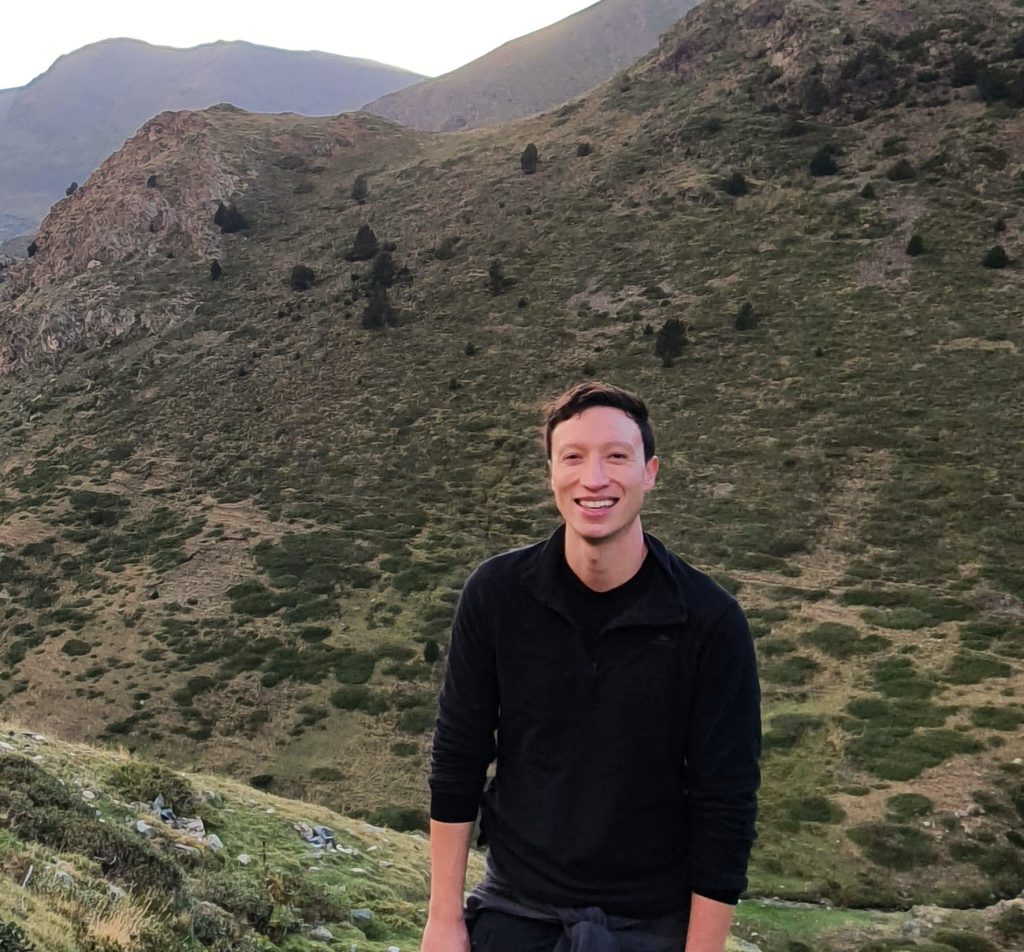Julian Tung is a WASH and Shelter Humanitarian Technical Advisor for CARE International and serves as Technical Advisor for the NW Syria Shelter Cluster. He has more than 10 years of experience leading and advising humanitarian responses in the Middle East, Europe, Caribbean, Africa and South Pacific Islands. Julian has a Masters Degree in Civil, Structural and Environmental Engineering. He currently provides technical support to humanitarian actors in NW Syria related to Settlements and Dignified Shelters. He promotes participatory approaches for establishing dignified and safer living conditions in camps for displaced persons that adapt to the complex inter-sectoral challenges of protracted displacement. He is experienced in facilitating technical working groups to develop standards and guidance documents and provides training and coaching to local actors. Julian Tung has led the course on problems, scope, practice and benefits of providing humanitarian shelter and settlement assistance.

How would you convince someone sceptical on the importance of studies like MICSEA that include humanitarian design, post-conflict repair and environmental justice?
Last year, there were 84 million people forcibly displaced because of conflict, violence and human rights violations and a quarter of the world’s population live in conflict affected areas. The number and severity of natural disasters around the world is increasing due to climate change. International Cooperation and Sustainable Emergency Architecture needs to consider how humanitarian design, post-conflict repair and environmental justice are critically needed now and in the future given the scale of challenges we face.
Climate change is influencing our daily lives and specifically in our field of study at MICSEA. From your background and expertise, what is your opinion regarding COP27?
As extreme weather events become more common, leading to even more people becoming displaced or having their homes and livelihoods destroyed, it is often the poor countries who have contributed the least to global carbon emissions who are affected the most. Richer countries who have historically been the biggest carbon emitters need to pay for loss and damage while all countries need to agree to phasing out fossil fuels. Agreements made at COP 27 are largely useless if not followed through with solid actions.
Seeing that you have worked in many countries, which are the biggest differences when advising on humanitarian responses in different locations?
In all disasters, human beings seek and need access to dignified and safe living conditions. This is fundamental. What that looks like in different settings can vary depending on the context. For example, people in the South Pacific Island nations suffer from repeated natural disasters such as cyclones, floods and earthquakes. As part of receiving emergency support, they can also be supported to build their homes to be more resilient to disasters and they can be provided water and sanitation infrastructure which can withstand disasters or recover more quickly. In conflict settings such as Syria, for example, people have been living in camps for many years and have been displaced on multiple occasions while fleeing for safety while also suffering from the effects of climate change such as drought. These vulnerable populations need access to robust and safe temporary shelters as well as water and sanitation services without fear of eviction until it is safe for them to return to their homes.

